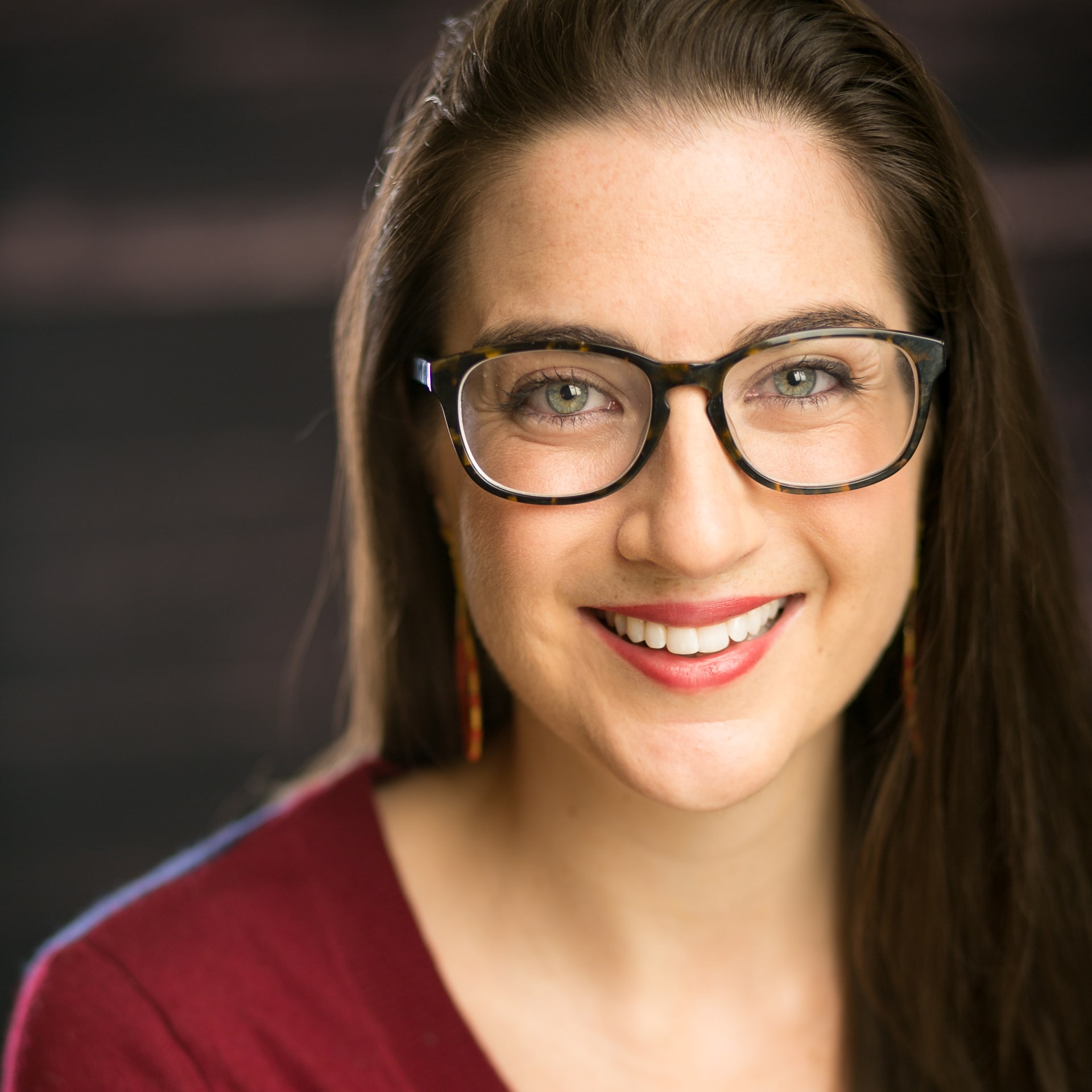Disruptive innovations often take hold in areas of nonconsumption—situations in which the alternative to using a new method or product is nothing at all. Although we frequently talk about disruptive innovation using market lingo, nonconsumption of education has legal implications as well. Sometimes locating nonconsumers reveals instances of inequality or outright discrimination. This was the conclusion in a first-of-its kind investigation conducted by the Federal Department of Education’s Office of Civil Rights (OCR). In 2008, OCR began investigating Lee County Schools, a highly segregated school district in Alabama. OCR’s closer look at the differences between minority and white schools concluded that when black students aren’t offered high level and Advanced Placement (AP) courses at the same rate and quality as their white peers, districts may be found in violation of Title VI of the Civil Rights Act—which prohibits discrimination on the basis of race by any recipient of federal financial assistance. The investigation culminated this month in an agreement detailing how the district will redress unequal course offerings moving forward.
The OCR-Lee County agreement sheds new light on how civil rights law takes aim at areas of nonconsumption. Online learning stands to play an interesting role in cases like Lee County. In the past few years, the predominantly black school in the district offered only a few AP courses, all through online delivery. The other three high schools serving majority white students, however, offered face-to-face (“live”) AP courses, distance-learning opportunities, as well as a wider array of AP and high-level courses overall. OCR concluded that this arrangement was discriminatory on both fronts: 1) to offer black students exclusively online options was not providing them with equal learning opportunities, and 2) more limited subject matter offerings for black students placed this subgroup at a disadvantage.
OCR’s findings could have pitted online and face-to-face instruction against one another and deemed online instruction inherently inferior. The final agreement, however, doesn’t do away with online and distance learning options. Instead, it calls for the district to review of all methods of instruction, the effectiveness of these methods, and the equality of access that students have to live, distance, and online courses.
Reading the agreement through both the lenses of disruptive innovation and civil rights law begs two questions: can online learning help bridge the race-based gap in access to advanced and AP offerings? And can online learning help bridge gaps in student outcomes in these high-level courses?
The answer to the first question is clearly yes. As we noted in Disrupting Class, 26 percent of American high school students attend high schools that do not offer any advanced courses—defined as anything above geometry, anything above biology (no chemistry, no physics), or any honors English or above. This is one area of nonconsumption where edtech companies have gained a disruptive foothold: as of 2011, nearly 18 percent of the 17,000 high schools that offer AP courses offer at least one of them as an online option. We profiled one such effort in Alabama’s state virtual school, ACCESS, which dramatically increased access to AP courses in rural schools.
Improving student access, however, does not always lead to equity. The answer to the second question—whether offering more advanced courses online can begin to equalize outcomes across Lee County—depends on various factors. First, simply offering more high-level high school courses will not close gaps in student outcomes if those students arrive in ninth grade unprepared. In other words, nonconsumption of AP courses is in part born out of poor quality or low student engagement earlier on. Simply offering AP courses on the backend may not alter outcomes. (The OCR agreement acknowledges this and calls for more high-level courses in middle school and better methods to recruit black students into these challenging courses early on.)
Whether online courses can help close gaps will also, of course, depend on the quality of online instruction. OCR has required that moving forward, an outside consultant will review each school on the basis of “the availability and effectiveness of the technology and other resources needed to provide meaningful access to distance learning, online learning and other means of delivery of instruction through technology.” Much like face-to-face, the quality of online instruction varies greatly. Hopefully, this review process will drive the district to seek out high-quality online courses for all students—white and black. In this regard, a few encouraging proof points include Maine’s AP4ALL program, the Florida Virtual School, and Alabama’s ACCESS program mentioned above. In the case of ACCESS, the number of African American AP test takers more than quadrupled; and the number of qualifying exam scores more than doubled.
The journalism rule of thumb is that three times a trend makes, so perhaps this is a one-off effort that OCR will not pursue in other districts. But the investigation appears to make an example of one district where asymmetries in access to advanced courses are particularly egregious. Disruptors should pay attention to areas where the civil rights community is aiming to redress inequalities in offerings. Hopefully, online solutions that drive student outcomes can play an active part in closing these gaps in consumption—and performance.


